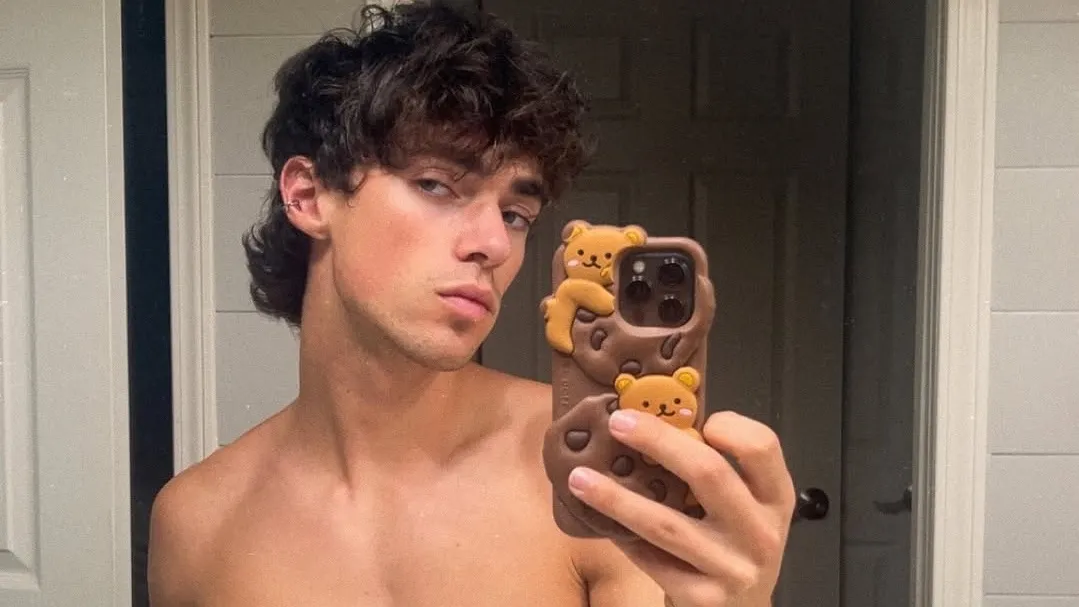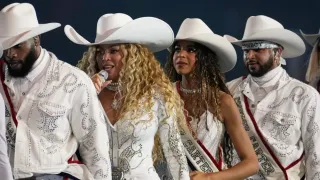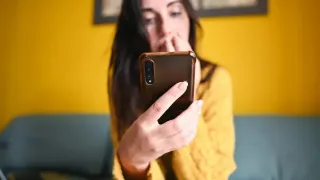
Jun 15
Removed Diary Entries Offer New Lens on Anne Frank's Story
READ TIME: 3 MIN.
Was Anne Frank queer?
Yes, contends Josh Jackman writing on Pink News.
His proof comes in numerous passages from the diaries that were not included in the original (and most-read) version. They were edited out by her father, Otto Frank, for the first edition and, though included in some later ones, are not known by those who read the standard edition. In them, Anne writes about her feelings as her teenage body matures, and her attractions to both boys and girls.
In one entry, Anne writes: "Sometimes, when I lie in bed at night, I have a terrible desire to feel my breasts and to listen to the quiet rhythmic beat of my heart."
In another she writes about her best friend Jacqueline van Maarsen: "I already had these kinds of feelings subconsciously before I came here".
She added: "I remember that once when I slept with a girl friend I had a strong desire to kiss her, and that I did do so."
Another reads: "I could not help being terribly inquisitive over her body, for she had always kept it hidden from me."
And, "I asked her whether, as a proof of our friendship, we should feel one another's breasts, but she refused."
In another passage, she writes: "I go into ecstasies every time I see the naked figure of a woman, such as Venus, for example. It strikes me as so wonderful and exquisite that I have difficulty in stopping the tears rolling down my cheeks.
"If only I had a girl friend!"
van Maarsen later commented on her relationship with Anne for the official Anne Frank website.
"We had a close relationship and I liked being with her, but she laid a claim on me and I didn't know how to handle that."
She continued: "I always had to prove to her that we were 'best friends'. Her passionate declarations of friendship were too much for me sometimes.
"Then I met up with other friends and she was jealous and unhappy."
"Years later I read that she had written about this in her diary.
"But before she went into hiding I had been able to tell her where the limits were.
"She accepted this and it only improved our friendship and made it stronger."
But why was Anne Frank queerwashed?
|n a piece for the website culturacolectiva.com, journalist Ilse Méndez contends that it was to make her more heterosexual normative.
"(N)ot all of Anne's words made it into the editions most of us grew up reading. Among the redacted lines are deeply personal passages about her body, her desires, and her attraction to girls.," writes Méndez. (Emphasis as appears in original text.) "These weren't just edited for length. They were erased to preserve a version of Anne that fit the world's comfort zone."
Méndez says Anne never labeled herself. "She was a teenager discovering her identity in hiding, under threat of death. But her attraction to girls – recorded in her own hand – has long been ignored, downplayed, or dismissed." Adding, "This isn't about labeling Anne posthumously. It's about acknowledging what she felt, what she wrote, and what that means for how we preserve queer memory in historical narratives."
Their removal by Otto Frank for the first edition were done to have Anne conform to a more acceptable societal narrative, Méndez contends. Queer desires didn't fit the version of Anne taught in classrooms for generations. "Because for decades, we've only been given one version of Anne Frank: innocent, tragic, heterosexual. The version that could be taught in classrooms without making anyone uncomfortable," writes Méndez.
She goes on to say that such selective remembering isn't unique, and queer longing has been tucked behind euphemisms or deleted since ancient times. "Anne's case is more sensitive, more painful – but no less political. When we choose what to forget, we also choose who gets to be fully human in history."
Méndez concludes: "To read Anne's diary with queer eyes is to honor what she actually wrote. Not to define her, but to widen the frame. Because the more honestly we tell her story, the more powerfully it speaks to those who still feel hidden."







